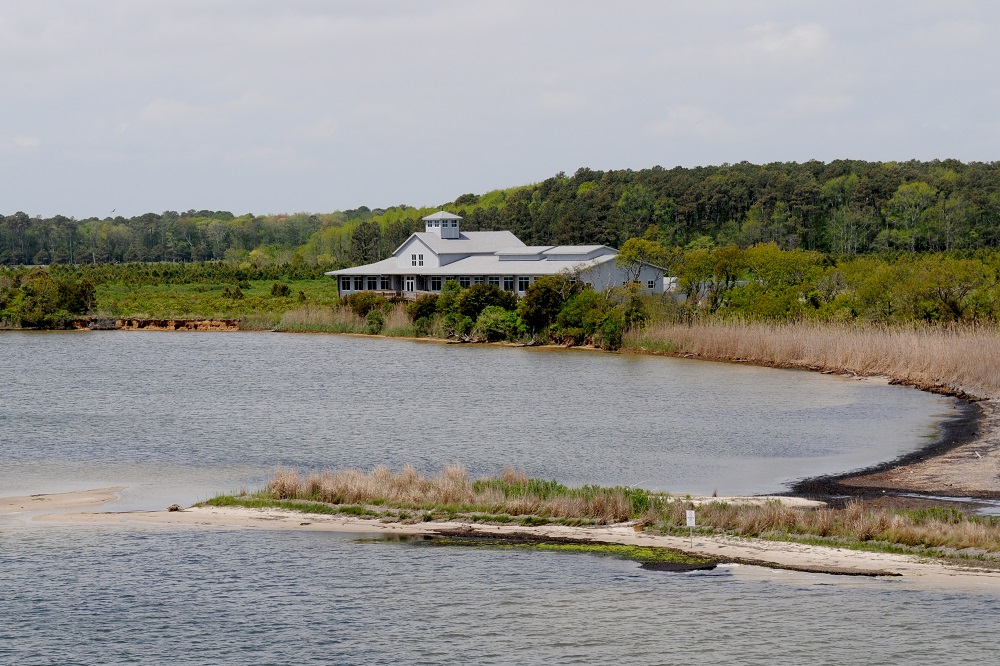Sunday, November 14, 2010

PRINCESS ANNE, MD – (Nov. 22, 2010) – A team of marine science researchers at the University of Maryland Eastern Shore will use a $5 million grant from the National Science Foundation to search for the causes of poor water quality in coastal bays along the Delmarva Peninsula’s Atlantic coast.
The money will underwrite research and educational activities primarily at the university’s Paul S. Sarbanes Coastal Ecology Center, which UMES named in honor of the retired U.S. senator who was the state’s longest-serving lawmaker to hold that office.
The Sarbanes’ center near Assateague Island is Maryland’s only facility dedicated to the study of coastal processes and preservation. It serves as a base for Coastal Bays teaching and research activities not only for undergraduate and graduate students, but also primary and secondary students and their teachers on the lower Eastern Shore.
That multi-level outreach will continue under the NSF grant, which will support the Center for Research Excellence in Science and Technology (CREST) under the direction of UMES professor Paulinus Chigbu.
Research will focus on the impact climate change and human activities – particularly land use – have on coastal bays and lagoons.
“We want to understand how both factors are influencing marine ecological systems,” Chigbu said.
Researchers will be looking for the source of poor water quality, including the growth of harmful algae and the depletion of oxygen – all factors that have major effects on marine life.
“Recent data from the Maryland Department of Natural Resources suggest historic levels of dissolved oxygen in the (state’s) coastal lagoons,” said Chigbu, a professor of environmental sciences. “This makes our work very timely.”
CREST calls its project the Center for the Integrated Study of Coastal Ecosystem Processes and Dynamics in the Mid-Atlantic Region. Along with observing, measuring and modeling “the effects of land use and climate change on the mid-Atlantic coastal ecosystems,” researchers also will:
- Provide training for undergraduate and graduate students as well as high school students and teachers.
- Improve infrastructure for research and education in marine and environmental sciences.
- Increase public awareness of the relationship between humans and the coastal environment.
Of particular interest to the UMES research team is how low oxygen levels are affecting fish populations, including the Atlantic croaker, as well as deadly parasites that attack blue crabs.
“These projects will contribute to our understanding of the coastal environment and ways organisms respond to changes in environment,” Chigbu said. Research results will be shared with the Maryland Department of Natural Resources and the National Park Service, both collaborators on the project.
Chigbu said results also will be used to enhance undergraduate and graduate courses offered by UMES’ project scientists who are collaborating with colleagues at Virginia Institute of Marine Science, Institute of Marine and Environmental Technology and Morgan State University.
An important aspect of the grant application was a pledge to nurture a diverse group of “the next generation of marine scientists,” Chigbu said.
The NSF grant will pay for training and financial support for eight graduate students, five undergraduates, one postdoctoral fellow, 10 high school teachers and five high school students. Chigbu estimates more than 200 high school students in the region could benefit from the research effort.
Students will work alongside CREST faculty on all phases of research, an experience Chigbu said should prepare them for careers in marine research.
###
Bill Robinson, director, UMES Office of Public Relations, 410-621-2355, wrobinson3@umes.edu.
Gail Stephens, assistant director, UMES Office of Public Relations, 410-651-7580, gcstephens@umes.edu

